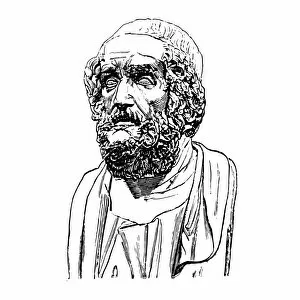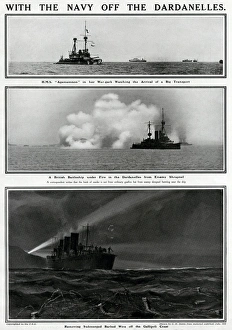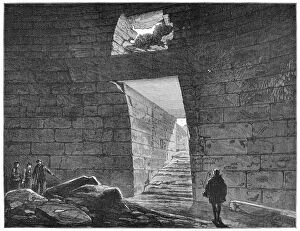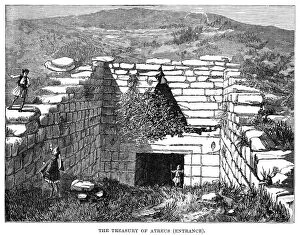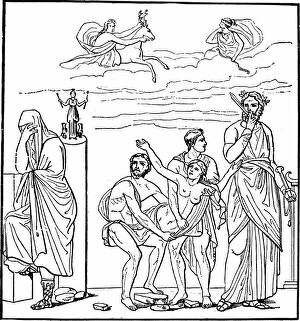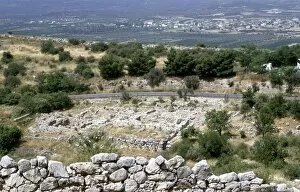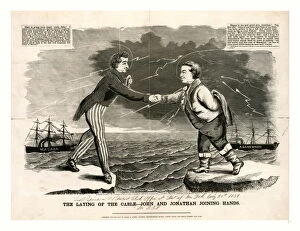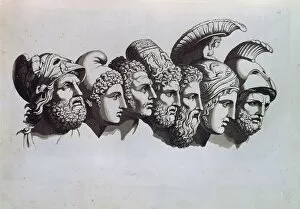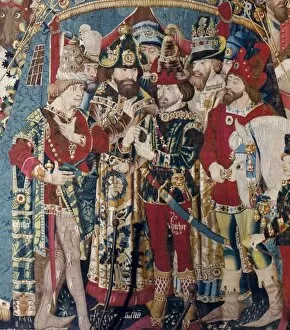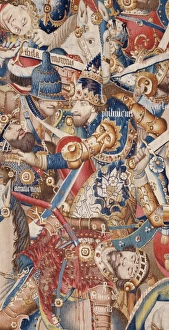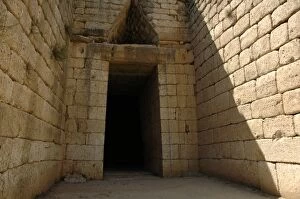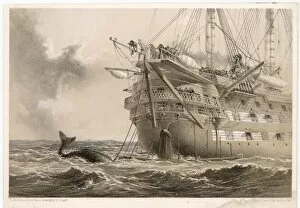Agamemnon Collection (page 4)
"Agamemnon: A Legendary Figure in Mythology, Art, and History" Agamemnon, a name that echoes through the annals of time
All Professionally Made to Order for Quick Shipping
"Agamemnon: A Legendary Figure in Mythology, Art, and History" Agamemnon, a name that echoes through the annals of time. From the epic tales of Medea and Jason's daring theft of the Golden Fleece to the intricate engravings by Tiepolo depicting Eurybates' presence, it has left an indelible mark on our collective consciousness. In Greek mythology, Agamemnon was known as a powerful king and leader during the Trojan War. His role in orchestrating the Transport Fleet's embarkation of troops at Varna showcases his strategic prowess and determination to bring victory to Greece. Yet it is perhaps his infamous decision regarding Iphigenia that haunts us still. The relief we feel when learning she was not sacrificed speaks volumes about Agamemnon's complex character - torn between duty and morality. Beyond mythological accounts, it also finds himself entwined with historical events. The coiling of the Atlantic cable aboard HMS Agamemnon before its 1858 expedition symbolizes humanity's relentless pursuit of connection across vast distances. Mycenaean art immortalizes him too; a golden funerary mask bearing his likeness stands as a testament to his status as both hero and ruler. This mask serves as a reminder that even in death, Agamemnon continues to captivate our imagination. His legacy extends beyond ancient times; published works from 1880 recounting heroes from the Trojan War ensure that his story lives on for generations to come. Even photographs like those featuring SS Kaiser Wilhelm II or Allied warships at Dardanelles during WW1 evoke thoughts of this legendary figure. And let us not forget how artists have depicted pivotal moments involving Agamemnon throughout history - frescoes showcasing Eurybates leading Briseis towards him demonstrate their roles within an ever-unfolding narrative.

